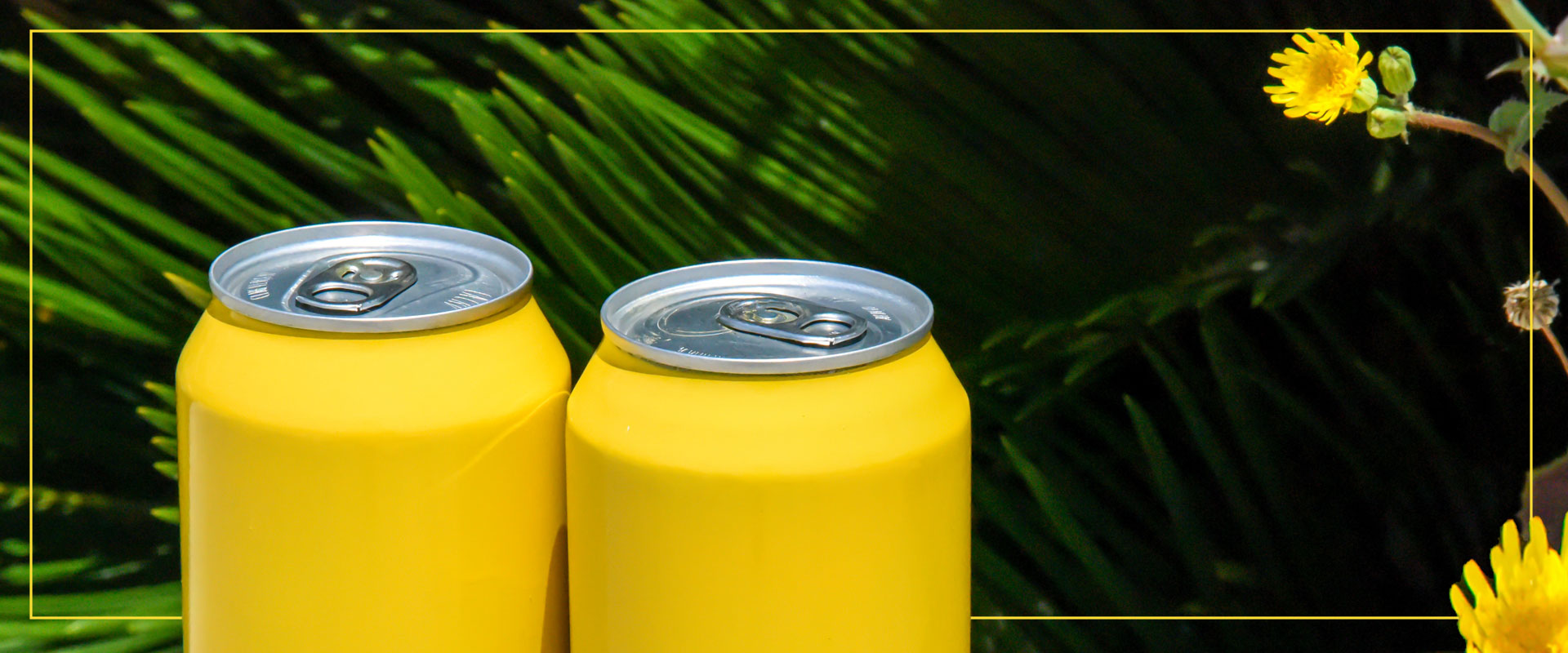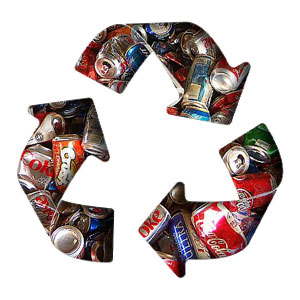
06 Jan Replacing the Shrink Sleeve
Shrinking Away from Plastic Sleeve Popularity
Aluminum cans are especially popular with consumers and manufacturers due to their light weight, stackability and strength. The appeal is also greatly attributable to their high recycling rate.
Over the past years they have been favored in the craft beer industry and have driven a rise in the use of plastic shrink sleeves. Considering the obstacles to inkjet printing for craft brewers (large minimum orders and lack of inventory space), shrink sleeves are an effective and affordable way to beautifully decorate various small batches, however it does lend to the complication in effectively recycling them.
Effective September 1, 2021, the province of Québec’s Recyc-Quebec banned the use of shrink sleeves because they cause operational and compliance problems for recyclers and dilute the “Closed Loop” recycling process.
So while the switch to pressure-sensitive labeling will have an immediate impact on these smaller companies’ daily procedures, it is a step towards more sustainable beverage packaging. This more eco-responsible requirement will impact the aluminum can recycling processes immensely.
Benefits of Aluminum Can Recycling
Well, it takes about twice as much energy to make Aluminum a new aluminum can as it does to recycle one. Aluminum cans melt and cool fast, saving energy and recycling just one saves enough energy to power a T.V. for 3 hours! They are considered a miracle metal because of their infinite recyclability, they help reduce carbon dioxide emissions as well as the amount of waste headed to landfills.
Most Canadian provinces offer incentives to drive returns, for example requiring a deposit on purchase and a return when recycled. What’s more, it seems higher deposits drive recycling rates considerably. In the US, 10 U.S states with deposit systems for beverage containers represent about a quarter of all beverage consumption and account for more than one-third of all cans recycled each year.

Are Cans with Pressure-Sensitive Labels Recyclable?
Sure, ultimately, you can recycle plastic sleeve wrapped cans as well, although pressure-sensitive paper labels are less of an impediment to properly recycling a can than plastic shrink sleeves which affect the “Closed Loop” recycling aluminum potentially provide. The added bonus is that pressure-sensitive labels, are more easily removed for recycling and leave surfaces residue-free. However if the aluminum can surface are humid at the labeling stage, our friends at Labelink recommend hotmelt adhesives.
Another exciting note about pressure sensitive labeling solutions is the expansion of the RAFcycle which gives new life to self adhesive paper or pet liners waste. Liners are collected and transported to Chicago to be desiliconized then used either in the fabrication of paper or PET Packaging. This initiative has expanded to Canada so sustainability-minded brands can build their legacy as a responsible business and reduce their environmental footprint.
On top of improving recyclability, Recyc-Quebec was also aiming to reign in the use of plastics to further reduce and other environmentally harmful materials. Recyc-Québec can help companies working to improve their practices and support those working in the beverage industry, such as microbreweries, with practical solutions for the reuse and recycling of their containers.
Label Resistance to Moisture and Extreme Conditions
As you might expect not all labels will withstand the conditions that beer cans are exposed to. Thankfully Pressure-Sensitive labeling aggregates handle a large variety of label materials that will look and feel great even when exposed to the harshest conditions. And because labeling your product is the most important marketing effort for your product, they should be resistant to wear and tear!
Make sure to reunite materials that are resistant to water, humidity, cold and ice – and this includes the glue and the ink used – not just the label itself. Speak with a good printer to make an informed choice.
Pressure Sensitive Labeling Machinery
Depending on production speeds, the application of pressure sensitive labels can be handled by in-line or rotary labelers. Both can handle small batches and offer quick changeovers – all the flexibility required for small to mid-sized craft breweries. While some may argue that pressure-sensitive labels come at a higher cost, the difference is quickly offset by the affordability of size parts, quick changeovers and limited cleaning needs.
Because of the recent changes made to beer can labeling regulations in Quebec, many labeling suppliers have adapted their offer to include products and services that answer to the growing need. There are many printers to choose from, but here are a couple to get you started: Labelink & Summit Labels.

